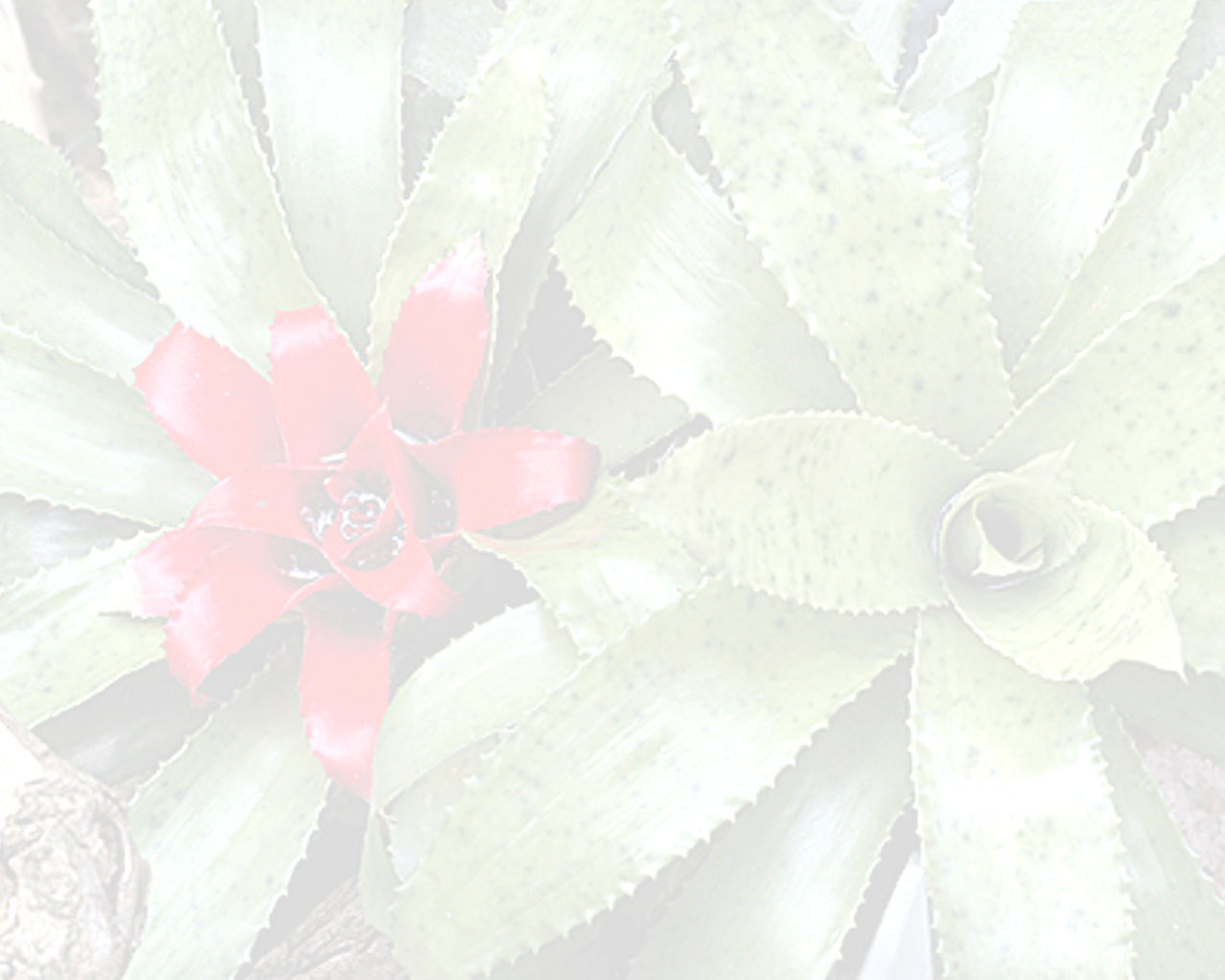

 Nidularium edmundoi Leme[as Nidularium edmundoi (Leme) Leme,]
Nidularium edmundoi Leme[as Nidularium edmundoi (Leme) Leme,]Observations: —DISCUSSION
Nidularium edmundoi was transferred to the nothogenus X Niduregelia because it has very low pollen-grain fertility (see chapter 7) and also because this taxon has an aberrant suite of floral traits that do not fit the pattern tailored to Nidularium. Furthermore, it seems quite likely that this taxon did not have natural origin (see chapter 7) but was spawned in cultivation without human intervention.
The morphological traits of X Niduregelia edmundoi suggest that it is a hybrid of Nidularium procerum and Neoregelia sp. (Neoregelia subgen. Neoregelia).The subcoriaceous leaves with densely to subdensely spinose blades, multiflowered fascicles, and blue petals only slightly longer, in comparison, than the sepals are characteristic of N. procerum. This species is very common in Santa Catarina, even in cultivation, where X Niduregelia edmundoi probably originated. The flower fascicles of the hybrid have more flowers (up to 13) and a more pulvinate, less flabellate -complanate format due to the more polystichous arrangement of the flowers. This pattern seems to hold among hybrids of Nidularium and Neoregelia; it was described and illustrated by Ule (1899) for a natural hybrid of Ni. utriculosum and Ne. cruenta.
The longest pedicel reported for flowers of Nidularium is 5 mm long. In X Niduregelia edrnundoi, however, flower pedicels may be up to 8 mm long and are as well developed as those of Neoregelia. The petals of this hybrid proportionally exceed sepal length only slightly (by ca. 7 mm), that is, even less than in Nidularium procerum (ca. 15 mm), and are slightly twisted and turn pink after anthesis.The anthers are dorsifixed nearer the base as in Neoregelia and not in the median segment as in Nidularium.Edited from (02-01-2015): Brom of Atl For. 178-9.. (2000)